Roofer
- Experts without intermediaries
- Price comparison
- Personalized pricing
Roofing services: reliable protection for your home
The roof is your home’s shield against rain, snow, wind, and heat. But over time, even the best roofing system can lose its watertight seal — leaks, cracks, broken tiles, and poor insulation may appear. Sometimes you need a full replacement or the installation of a brand-new roof on a new house.
In such cases, it’s essential to call a qualified professional roofer (techador autorizado) who can quickly find the cause, offer the right solution, and complete the job safely and efficiently.
Looking for a reliable roofer in Spain?
Our service helps you quickly find a verified and licensed expert for any task — from fixing a small leak to installing a full roof “turnkey.”
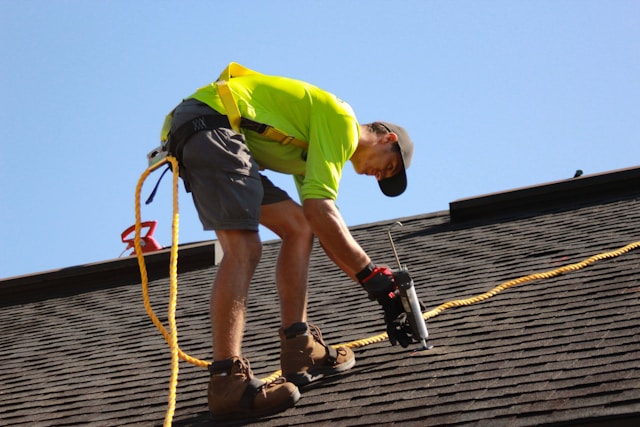 Leak repair and roof maintenance Is your roof leaking? Even a small crack can cause water damage to ceilings, walls, and furniture. ▶︎ Result: your home stays dry and protected from costly structural repairs. Questions to ask your roofer:
| 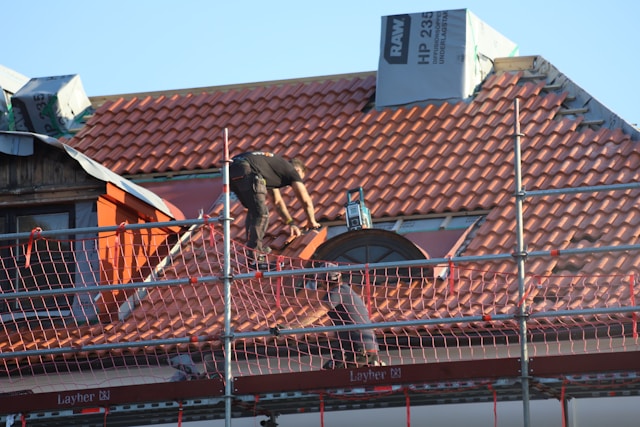 Roof installation and replacement Clay tiles, metal panels, slate, or modern composite materials — there are plenty of options. ▶︎ Result: a renewed, durable roof that will last for decades. Questions to ask your roofer:
|
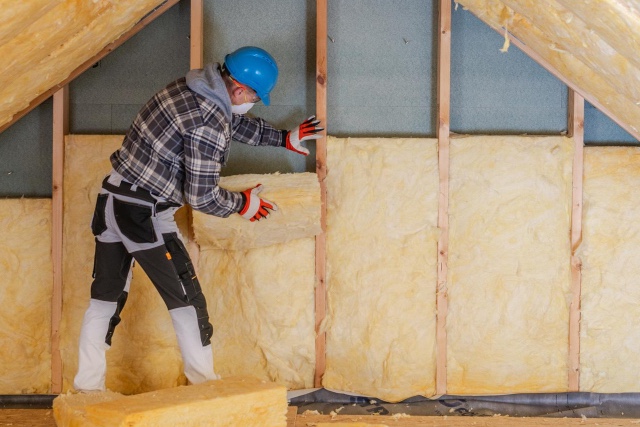 Insulation and waterproofing In winter, warm air escapes through the roof; in summer, the attic overheats. Proper insulation and waterproofing eliminate these problems. ▶︎ Result: comfortable indoor temperatures year-round and lower heating and cooling costs. Questions to ask your roofer:
| 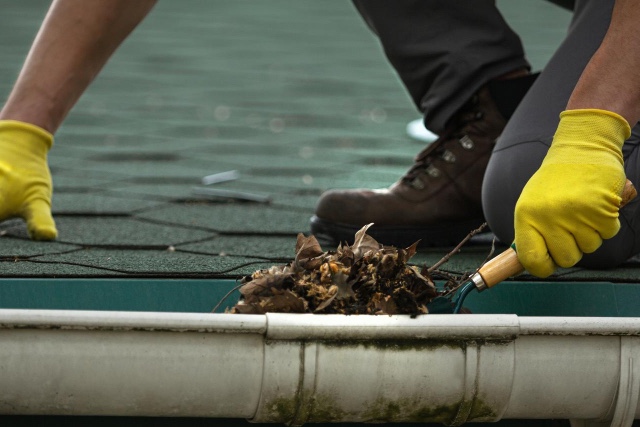 Roof cleaning and preventive maintenance Leaves, moss, and dirt can damage roofing materials and block water flow. Regular cleaning keeps the roof in good condition and extends its life. ▶︎ Result: a clean, well-maintained roof that performs better and lasts longer. Questions to ask your roofer:
|
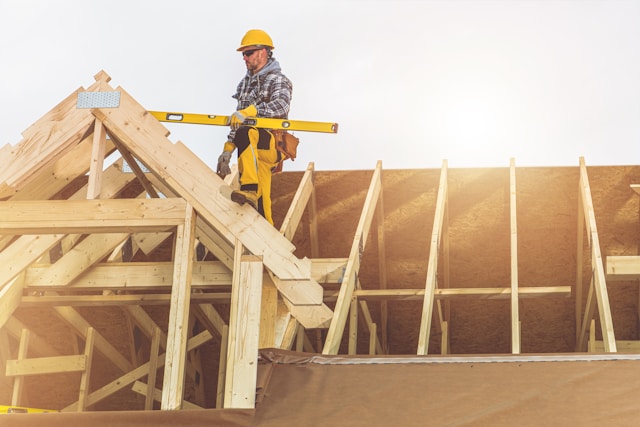 Installation of new roofing systems Building a new home or doing a full renovation? ▶︎ Result: a strong, weather-resistant roof built to protect your home for decades. Questions to ask your roofer:
| 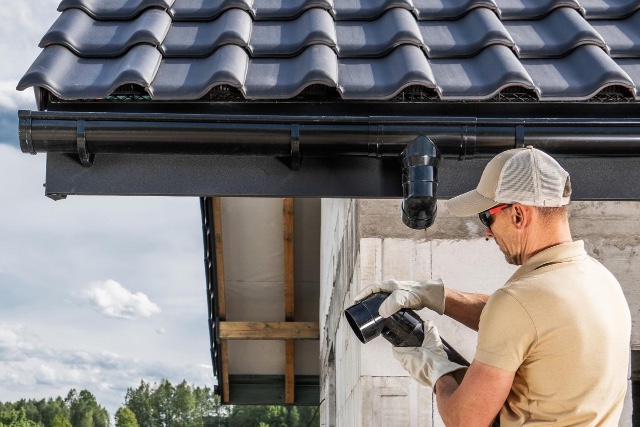 Installation and repair of gutter systems ▶︎ As a result, your walls and foundation are protected from moisture, and your roof lasts much longer.
|
How to choose a good roofer
The roof is one of the most important — and expensive — parts of your home. Mistakes during installation or poor-quality repairs can cause leaks, dampness, and even structural damage. Choosing the right roofer is crucial.
Experience and license.
Ask: “Are you a licensed techador autorizado? Can you show your credentials?”
This confirms the professional has official training, understands safety standards, and works according to Spanish building codes.
An experienced roofer can explain which types of roofs they specialize in (tile, metal, bitumen, slate, PVC membranes, etc.) and show photos of completed projects.
Tip: The more experience a roofer has with different materials, the better they can recommend the right solution for your home.
Transparent pricing.
Always request a detailed written quote before starting.
Say: “Please include materials, labor, waste removal, and any possible extra costs.”
This helps you see the full cost structure and compare offers fairly.
Professional roofers are upfront about costs and warn in advance about additional work — such as replacing rafters or insulation — if needed.
Warranty.
Ask: “What warranty do you provide?”
Reliable roofers offer warranties ranging from 1 to 10 years, depending on the materials and type of work.
Tile and metal roofs can last for decades when installed properly, while bitumen or flat roofs may need maintenance every few years.
A trustworthy roofer always specifies the warranty terms in the contract and will return for inspection if a problem occurs.
Reviews and previous work.
Don’t hesitate to ask for photos or addresses of past projects.
That’s the best way to confirm the roofer’s real experience.
Before-and-after photos, client feedback, or use of quality brands (like Tejas Borja, Onduline, Tondach) show professional credibility.
Some roofers can even show you completed work in your area if you’d like to see results in person.
Clear communication and professionalism.
A true professional explains everything in simple language. Ask: “Can you describe the steps, materials, and timeline of the work?”
If they respond clearly, discuss risks, and offer alternatives, you’re dealing with a professional.
If explanations are vague or overly technical, that’s a red flag.
A reliable roofer means peace of mind. They’ll ensure your home is fully protected from rain, wind, and time — whether it’s a small repair or a complete roof replacement.
Frequently asked questions (FAQ)
▸ Can I call a roofer urgently if it’s raining?
Yes. Many roofers offer emergency services, such as temporary waterproofing or installing protective sheeting.
Urgent call-outs usually cost 20–50% more than standard rates.
Tip: Don’t wait for clear weather — the sooner a professional inspects the leak, the less damage and cost you’ll face.
▸ How much does minor roof repair cost?
It depends on the area and materials.
Small jobs like replacing tiles, sealing cracks, or fixing minor leaks start from €100–150.
For larger repairs (insulation or waterproof membrane replacement), prices are usually from €45/m².
▸ What’s included in a roofing estimate?
A good estimate is clear and detailed, typically covering:
- labor and any assistants;
- removal of old roofing (if required);
- purchase and delivery of materials;
- installation of gutters and accessories;
- waste removal and site cleanup.
Tip: Confirm whether safety systems (scaffolding, insurance, lift rental) are included, as these may add costs.
▸ Can I repair only part of the roof instead of replacing it completely?
Yes — if the damage is localized, such as a small leak in a valley or around a chimney.
However, if the roof is old, cracked, or the waterproofing is deteriorating, a full replacement is more cost-effective in the long term.
Sometimes partial repairs can buy you time before a full replacement next season.
▸ How long does a full roof replacement take?
Usually 3–7 days, depending on the house size, complexity, and weather.
For small homes (under 120 m²), it often takes 3–4 days; large villas or complex designs can take up to a week.
If weather conditions are unstable, the roofer can install temporary protection during the process.
▸ Can roof replacement be combined with skylights, solar panels, or insulation?
Yes — in fact, it’s the smartest approach.
All openings, supports, and installations are made at once, preventing future leaks or extra labor.
If you plan to add solar panels, tell your roofer in advance so they can reinforce the structure and prepare cable routes.
▸ Is regular roof cleaning necessary?
Yes, ideally once or twice a year — in spring and autumn.
Removing leaves, moss, and debris prevents blocked gutters, reduces strain, and extends the roof’s lifespan.
In humid or forested areas, cleaning every 3–4 months is recommended.
▸ Do roofers provide warranties?
Yes. Standard warranties are:
- 1-3 years for repairs or partial restoration;
- up to 10 years for complete roof installations.
If the roofer supplies the materials, the warranty typically covers both materials and labor.
Always ensure warranty terms are written in the contract — verbal promises aren’t legally binding.
▸ Can I buy materials myself?
Yes, but it’s crucial to choose quality and compatible components — waterproofing, tiles, insulation, fasteners.
Professionals often get discounts from suppliers and use certified materials.
If the roofer sources the materials, they’re also responsible for their performance.
▸ Can a finished roof be insulated later?
Yes. Modern methods allow internal insulation without removing the entire roof.
Installers can add thermal panels, reflective films, and vapor barriers inside the attic or loft.
This is especially useful in older houses to improve energy efficiency without major renovation.
▸ What if my roof leaks every season?
That usually means the problem is structural, not just surface-level.
Common causes include poor ventilation, condensation, worn seals, or improper installation of valleys or joints.
Ask for a full inspection and diagnostic report — sometimes replacing a few waterproof layers solves it.
▸ How often should a roof inspection be done?
Professionals recommend checking once a year, preferably in spring, and after severe storms.
Even if the roof looks fine, small cracks or loose fasteners can lead to leaks later.
▸ Is it safe to walk on the roof for inspection or cleaning?
Only if it’s designed for load and you have proper safety gear.
Walking on metal or bitumen roofs can easily cause damage — it’s better to hire a professional with harnesses and protection equipment.
▸ How long does a new roof last?
It depends on the material:
- metal roof: 25–40 years;
- clay or ceramic tiles: up to 70 years;
- bitumen shingles: 15–25 years;
- PVC membrane: 20–30 years.
The key is proper installation and regular maintenance.